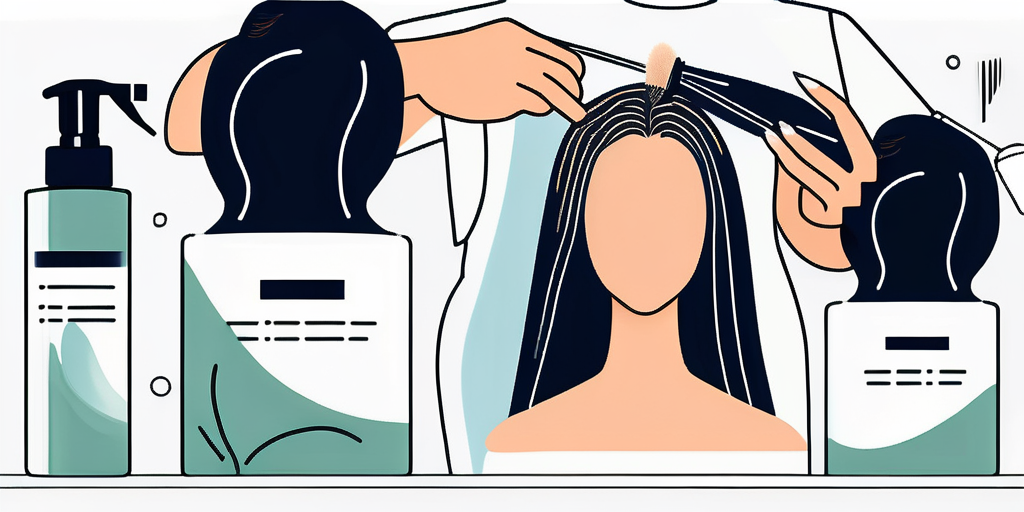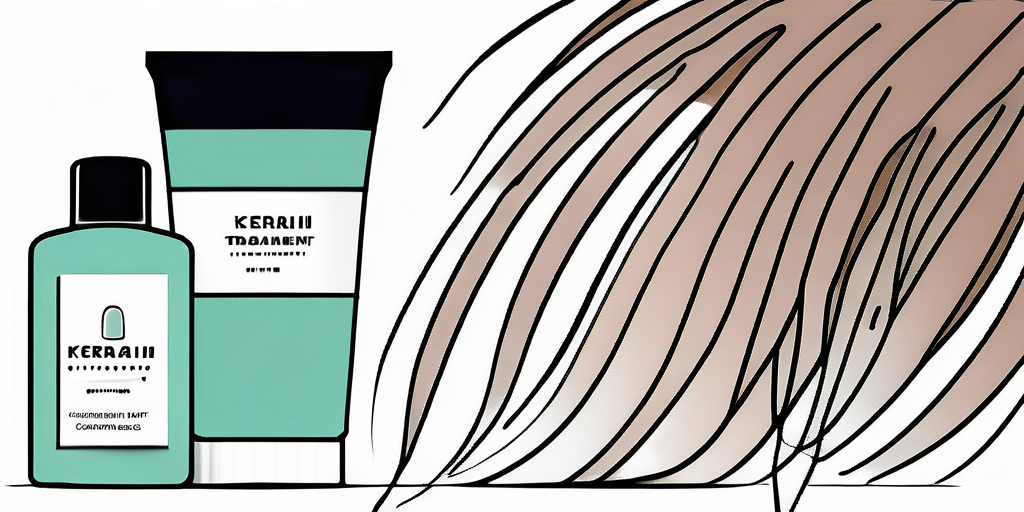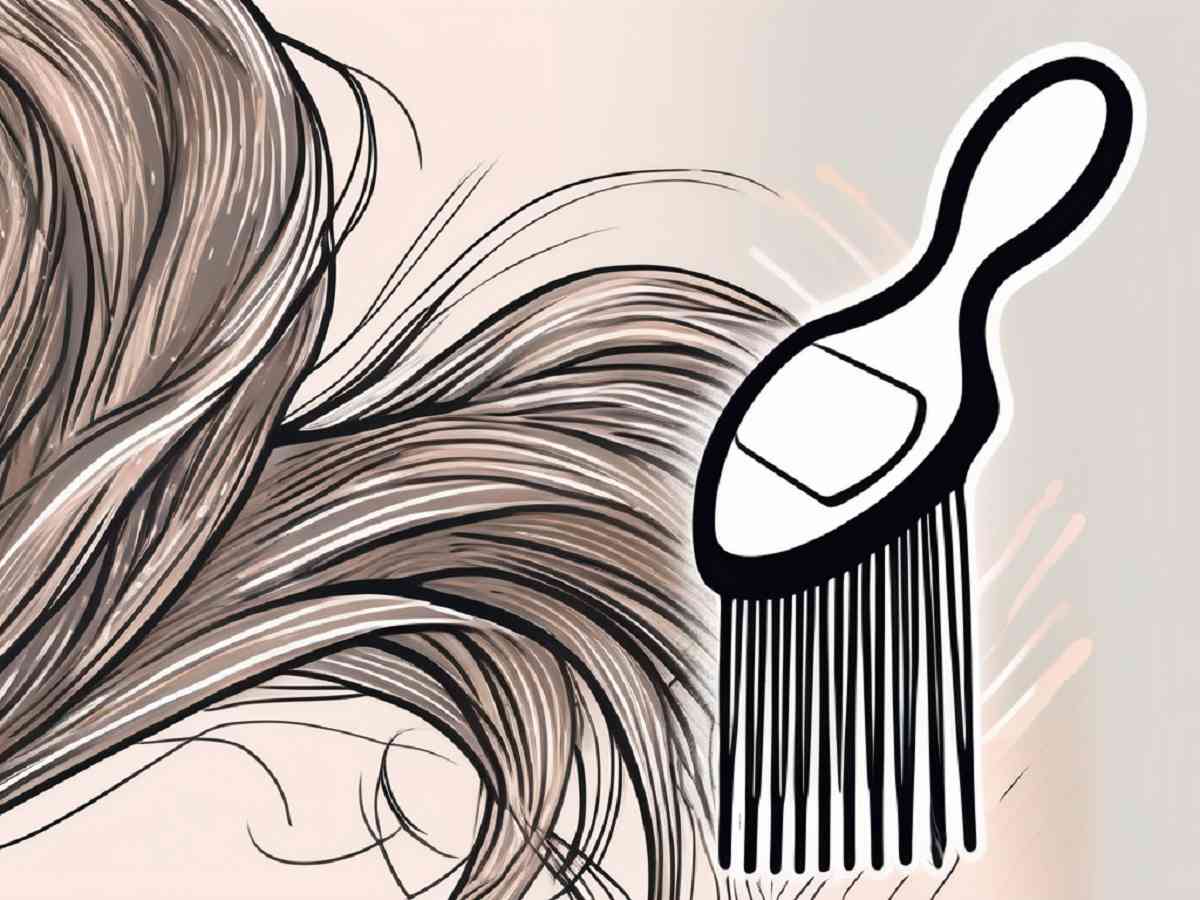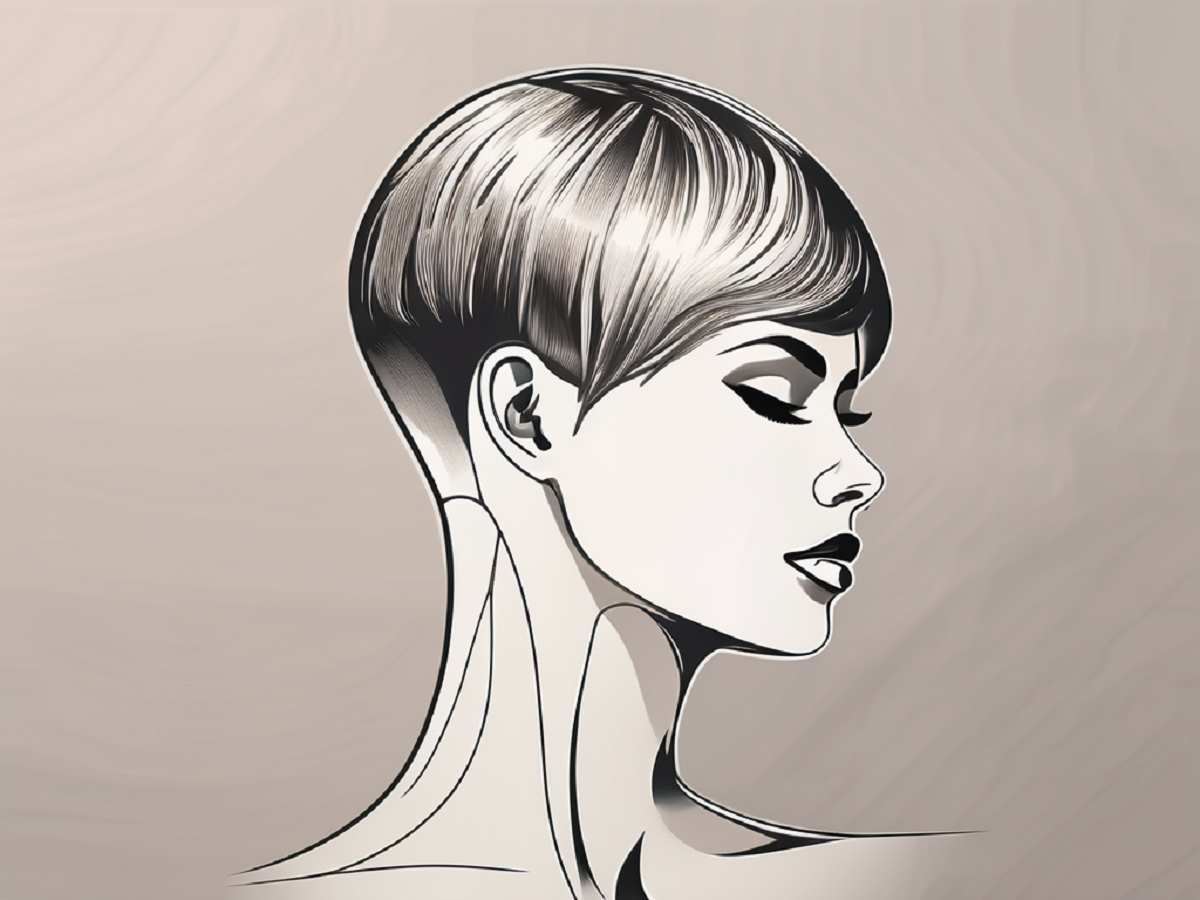If you’re someone who constantly battles frizzy keratin za kosu, unmanageable hair, you’ve likely come across the term “keratin” in your quest for smoother, healthier locks. Keratin treatments have gained immense popularity in recent years for their ability to tame unruly hair and restore it to its former glory. In this comprehensive guide, we’ll delve into the world of keratin for hair, exploring its benefits, different treatment options, and everything you need to know before embarking on your keratin journey.
Table of Contents
- Introduction
- What Is Keratin and How Does It Benefit Your Hair?
- The Science Behind Keratin Treatments for Hair
- Pros and Cons of Using Keratin for Hair Care
- Different Types of Keratin Treatments Available
- How to Choose the Right Keratin Treatment for Your Hair Type
- The Process of Applying Keratin to Your Hair
- Maintaining and Caring for Keratin-Treated Hair
- Common Myths and Misconceptions About Keratin for Hair
- DIY Keratin Treatments at Home: Tips and Tricks
- Expert Advice on Maximizing the Benefits of Keratin for Healthy Hair
- Conclusion
- FAQs
Introduction
Keratin for hair is a popular treatment that promises to make your locks more manageable, shiny, and frizz-free. But what exactly is keratin and how does it benefit your hair? In this article, we’ll explore the science behind keratin treatments, weigh the pros and cons, discuss the different types of treatments available, and provide expert advice on maximizing the benefits of keratin for healthy hair.
What Is Keratin and How Does It Benefit Your Hair?
keratin za kosu is a protein that makes up hair, nails, and skin structure. It acts as a protective barrier, preventing damage and keeping hair strong and healthy. However, daily styling, exposure to environmental factors, and chemical treatments can strip the hair of its natural keratin, leaving it weak and prone to breakage. Keratin treatments aim to restore and replenish the lost protein, resulting in smoother, more manageable hair.
The benefits of keratin for hair are numerous. First and foremost, it helps to eliminate frizz and reduce curl, making styling easier and more time-efficient. Additionally, keratin treatments can improve hair’s elasticity, making it less prone to breakage and damage. The protein also adds shine and smoothness to the hair, giving it a healthy and lustrous appearance.
The Science Behind Keratin Treatments for Hair
Keratin treatments typically involve applying a keratin-infused solution to the hair and sealing it in with heat. The heat helps to bond the keratin to the hair, creating a protective layer that lasts for several weeks. This process, known as “keratin za kosu,” can be done at a salon or with DIY kits at home.
During the treatment, the keratin fills in the gaps and damaged areas in the hair’s cuticle, smoothing out the texture and reducing frizz. The result is hair that is more manageable and resistant to humidity. However, it’s important to note that keratin treatments are not permanent and will gradually fade over time.
Pros and Cons of Using Keratin for Hair Care
Like any hair treatment, keratin has its pros and cons. On the positive side, keratin treatments can help to tame unruly hair, making it easier to style and manage. They also provide added protection against heat-styling tools and environmental factors.
However, there are also some drawbacks to consider. Keratin treatments can be expensive, especially if done at a reputable salon. They also require some maintenance, as certain hair care products, such as sulfates and harsh shampoos, can strip the keratin from the hair.
Additionally, some people may experience an allergic reaction to the chemicals used in the treatment. It’s crucial to have a patch test done before getting a keratin treatment to ensure that you don’t have any adverse reactions.
Different Types of Keratin Treatments Available
There are various types of keratin treatments available, each with its own set of benefits and limitations. Some treatments contain formaldehyde keratin za kosu, a chemical that helps to lock in the keratin and create longer-lasting results. However, formaldehyde can be irritating to the skin and eyes, so it’s important to choose a treatment that is formaldehyde-free if you have sensitivities.
Other treatments use natural keratin, derived from sources like sheep’s wool or plant extracts. These options are generally safer and more gentle on the hair and scalp. However, they may not produce results that last as long as treatments containing formaldehyde.
How to Choose the Right Keratin Treatment for Your Hair Type
When selecting a keratin treatment, it’s essential to consider your hair type and desired results. If you have thin or fine hair, a lighter treatment with low levels of formaldehyde may be more suitable to avoid weighing down your strands.
For thick or coarse hair, a stronger treatment with a higher concentration of keratin and formaldehyde may be necessary to achieve the desired smoothing effect. Consulting with a professional stylist can help you determine the best treatment for your specific hair type and concerns.
The Process of Applying Keratin to Your Hair
The process of applying keratin to your hair typically involves several steps. First, the hair is washed with a clarifying shampoo to remove any buildup and open up the cuticles, allowing the keratin to penetrate the hair shaft more effectively.

Next, the keratin treatment is applied to the damp hair, ensuring that each strand is coated evenly. The hair is then blow-dried and flat-ironed to seal in the keratin. This heat-activated process helps to lock in the protein and create a smooth, frizz-free finish.
After the treatment is complete, it’s important to avoid washing your hair or getting it wet for at least 48 hours. This allows the keratin to fully bond to the hair and maximize the results. Once the waiting period is over, you can enjoy the benefits of soft, manageable hair.
Maintaining and Caring for Keratin-Treated Hair
To prolong the results of your keratin treatment, it’s crucial to follow a few maintenance tips. First and foremost, use sulfate-free shampoos and conditioners, as sulfates can strip the keratin and cause premature fading.
Avoiding excessive heat styling and frequent washing can also help to extend the lifespan of your treatment. When using heat tools, always apply a heat protectant spray to minimize damage and maintain the integrity of the keratin.
Regular deep conditioning treatments can also be beneficial, as they provide much-needed moisture and nourishment to the hair. Lastly, protecting your hair from the sun’s harmful UV rays by wearing a hat or using UV-protective hair products can help prevent damage and maintain the keratin’s effectiveness.
Common Myths and Misconceptions About Keratin for Hair
There are several myths and misconceptions surrounding keratin treatments that are important to address. One common misconception is that keratin treatments can straighten curly hair permanently. While keratin can relax curls and reduce frizz, it’s not a permanent straightening solution.

Another myth is that keratin treatments are only for people with damaged hair. In reality, keratin treatments can benefit a wide range of hair types, from straight to curly, as they help to improve the overall health and manageability of the hair.
It’s also worth noting that not all keratin treatments contain formaldehyde, despite this being a widespread belief. There are many formaldehyde-free options available that produce excellent results without the potential health risks.
DIY Keratin Treatments at Home: Tips and Tricks
If you’re on a budget or prefer the convenience of doing treatments at home, DIY keratin kits can be a viable option. However, it’s crucial to follow the instructions carefully to ensure safe and effective results.
Before starting the treatment, perform a patch test to check for any adverse reactions. It’s also important to choose a kit that is suitable for your hair type and desired outcome. Stronger treatments should be reserved for professional use, as they require expertise to handle safely.
When applying the treatment, work in small sections to ensure even coverage. Use a comb or brush to distribute the product evenly from root to tip, and make sure to remove any excess keratin to avoid buildup. Additionally, follow the recommended waiting time before rinsing out the treatment and styling as desired.
Expert Advice on Maximizing the Benefits of Keratin for Healthy Hair
To get the most out of your keratin treatment, it’s essential to take care of your hair before, during, and after the process. Before your treatment, consider getting a trim to remove split ends and promote the overall health of your hair.
During the treatment, communicate with your stylist about any concerns or specific needs you may have. They can customize the treatment to address your individual hair goals and provide professional advice on maintaining the results.
After the treatment, continue to use hair care products that are gentle and nourishing. Regular trims, deep conditioning treatments, and limiting heat styling can all help to maintain the health and integrity of your keratin-treated hair.
Conclusion
In conclusion, keratin treatments have become a popular option for those seeking to improve the manageability, shine, and overall health of their hair. By replenishing lost protein and smoothing the hair’s cuticle, keratin can provide numerous benefits, including reduced frizz, increased shine, and improved manageability.
However, it’s crucial to consider the potential drawbacks, such as the cost, maintenance requirements, and the possibility of allergic reactions. By understanding the science behind keratin treatments, choosing the right type for your hair, and following proper care and maintenance routines, you can make the most of this hair care treatment and enjoy the benefits of healthier, more beautiful hair.

FAQs
Yes, keratin treatments can benefit a variety of hair types, from straight to curly, depending on your desired results.
The longevity of a keratin treatment varies depending on the individual’s hair type, maintenance routine, and the specific product used. On average, results can last anywhere from two to six months.
It’s generally recommended to wait at least two weeks before coloring your hair after a keratin treatment to allow the protein to fully bond. Consult with your stylist for specific guidelines based on your hair’s condition.
-
Keratin za Kosu: Unlock Smooth and Healthy Locks with Keratin Treatments
If you’re someone who constantly battles frizzy keratin za kosu, unmanageable hair, you’ve likely come across the term “keratin” in your quest for smoother, healthier locks. Keratin treatments have gained immense popularity in recent years for their ability to tame unruly hair and restore it to its former glory. In this comprehensive guide, we’ll delve…
-
Ultimate Guide to Managing Uvijena Kosa: Tips, Remedies, and Professional Treatments
Uvijena Kosa, translated as “curly hair” in English, refers to a hair type characterized by a natural curl or wave pattern. Unlike straight hair, which grows straight from the scalp, or wavy hair, which has a gentle curve, curly hair forms tight coils or loose spirals. This unique texture is influenced by various factors, including…
-
Embracing Kratka Kosa: The Bold Move Towards Short Hair
Short hair, known as “kratka kosa” in various cultures, has emerged as a symbol of confidence, style, and versatility. While long locks have traditionally been associated with femininity, the trend towards shorter hairstyles has challenged conventional beauty standards, offering individuals a chance to express themselves uniquely and empoweringly. Introduction Short hair has become increasingly popular…


